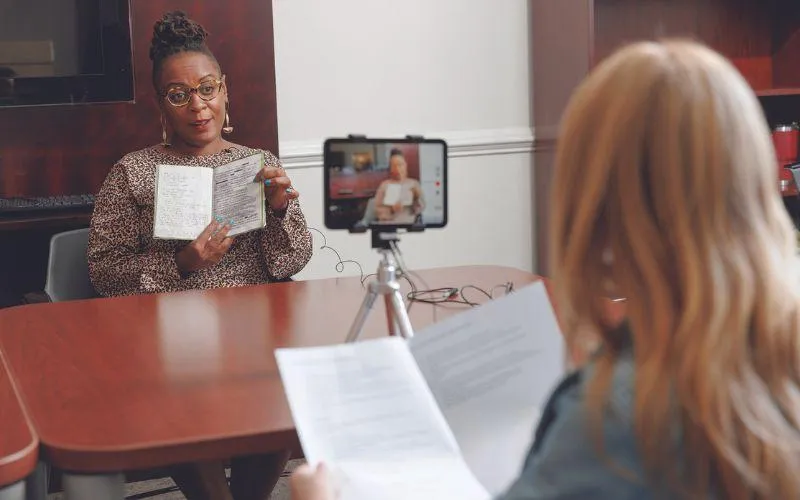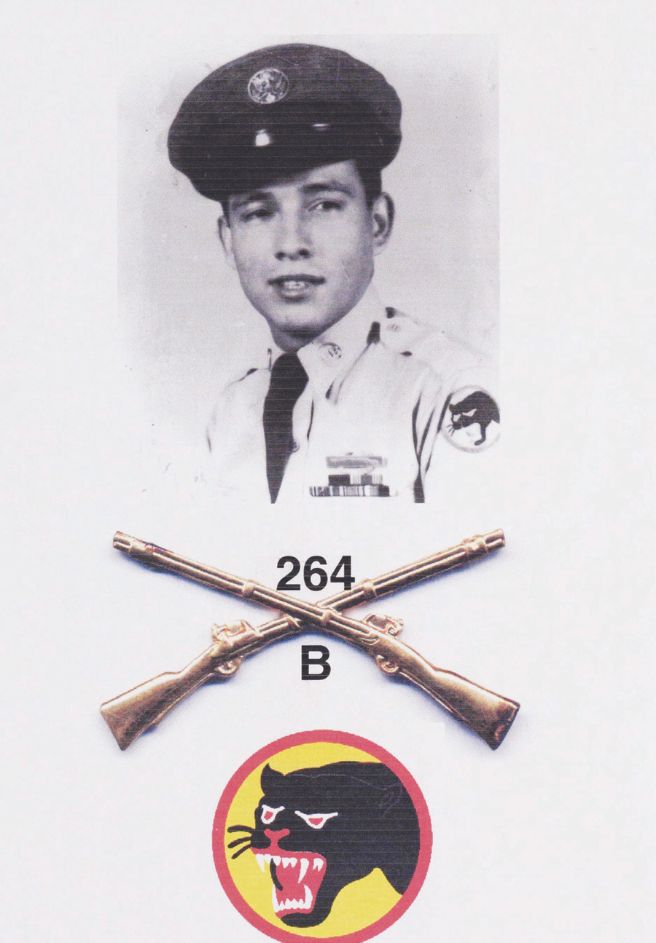

OUTDOOR RECREATION ARTICLES

Three Ways to Support Veterans in Your Community
As a group, United States military veterans have played an important role in protecting the rights and freedoms enjoyed today. However, the sacrifices made by service members can become easy to overlook with the passage of time.

For example, consider the experiences of Pfc. Antonio Ralph Martinez, one of 2,223 U.S. military servicemen aboard the Leopoldville, a Belgian transport ship. Ahead of the Battle of the Bulge, the last major German offensive of World War II, the Leopoldville was crossing the English Channel from England to France when a German U-boat struck it with a torpedo on Dec. 24, 1944.
In an interview for the Library of Congress Veterans History Project, Martinez recalled the ship zigzagging across the channel to dodge possible attacks. He was playing cards and jolted forward when the torpedo hit. Under blackout conditions, Martinez jumped to a nearby destroyer, sliding down a rope into the frigid water, where he stayed, developing hypothermia, until being rescued by a tugboat after about two hours.
Of those on board the Leopoldville, 515 are presumed to have gone down with the ship while another 248 died from injuries, drowning, or hypothermia. Martinez was awarded a Bronze Star for his combat service during World War II and later served in the Air Force during the Korean War.
Stories like Martinez’s showcase the valor and sacrifice of veterans who deserve gratitude. Consider these three small gestures to help show appreciation to the veterans in your community as they reacclimate to civilian life following their service.
Send a “Thank You” Card
Offering a heartfelt acknowledgment of the challenges veterans faced is one of the simplest ways to show them your appreciation and provide an emotional boost. If you know a veteran in your community, consider sending a handwritten “thank you” note. Or consult with a local veterans service organization that may be able to help you share a letter, card, care package, or supportive email with former military personnel in your area.
Encourage Veterans to Share Their Stories
The stories veterans carry with them are powerful and often help shape who they are. These stories can hold valuable lessons, details of accomplishments and battles won, or memories of friendship and camaraderie. They can also serve as reminders of sacrifice and hardship.
Through the Veterans History Project, the Library of Congress collects and preserves the firsthand remembrances of U.S. military veterans like Martinez and makes them accessible. The project allows future generations to hear directly from veterans and better understand what they saw, did, and felt during their service.
Participating in the program involves submitting a thirty-minute (or longer) unedited video or audio interview sharing service details and/or a collection of original photographs or correspondence. Veterans, or families of deceased veterans on their behalf, may also submit a minimum twenty-page journal or unpublished memoir and/or ten or more original photos or letters. To get started, visit loc.gov/vets and click “How to Participate” to download a how-to field kit for details, instructions, and required forms.
Volunteer at Veterans Facilities or Organizations
Many veterans organizations, including Department of Veterans Affairs hospitals and medical facilities, welcome volunteers to assist with a variety of tasks such as clerical work, organization, transportation, and simply visiting with wounded veterans to brighten their days. After locating a facility near you, contact the staff to arrange a visit and learn more about opportunities to volunteer your time and skills.
*Photos courtesy of Library of Congress Veterans History Project